Art Market
Questions about Collecting Photography Answered by an Art Adviser
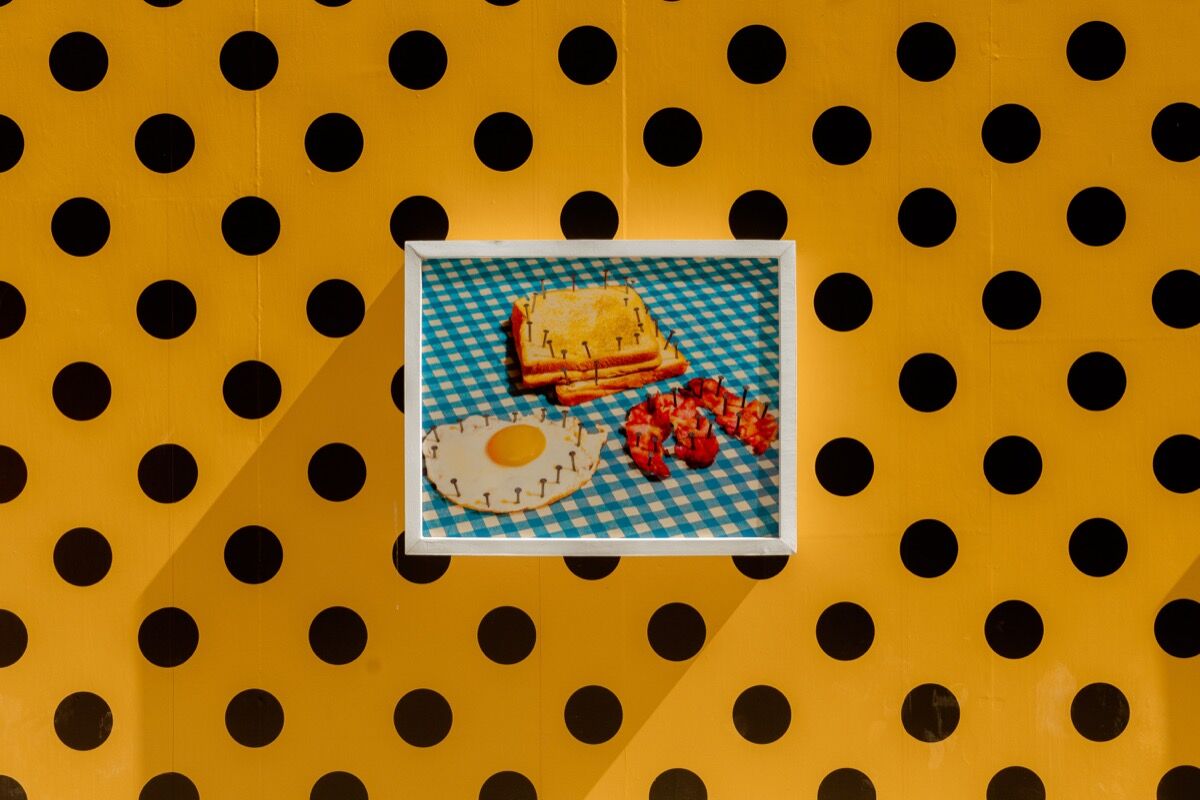
Installation view of work by Maurizio Cattelan and Pierpaolo Ferrari. Photo by Eduardo Vázquez.
For the first edition of this quarterly advice column, art adviser Nicholas Campbell (founder of Narcissus Arts and Campbell Art Advisory) gives us insights on how to collect photography, on the occasion of Paris Photo.
Clients often come to me with concerns about buying photography. From print date and authenticity to editions and print sizes, there are many variables to take into account. Photography is a wonderful medium to collect. You can obtain great works, often by world-famous artists, for relatively small sums. But you have to be mindful of various factors. As I scope out what’s worth buying at this year’s Paris Photo fair, I will try to address some of these common concerns.
Do I have to buy editioned works, or are there unique photographs on the market, too?
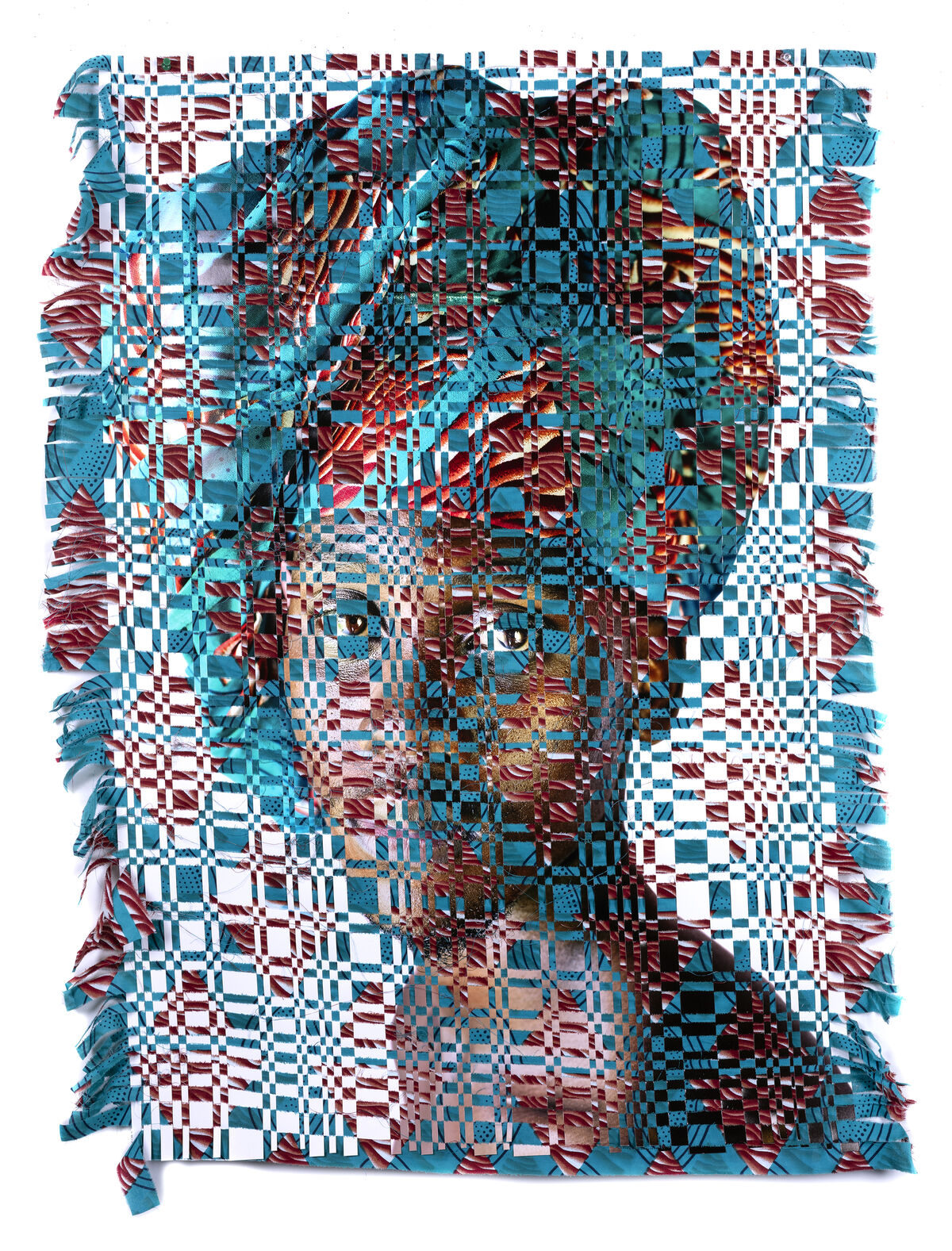
Kyle Meyer, Unidentified 35a, 2019. © Kyle Meyer. Courtesy of Yossi Milo Gallery, New York.
A common misconception is that all photographs are multiples, but they aren’t. You can buy unique editions. And as some buyers are put off by the idea that there are many versions of the same image on the market, buying a unique edition is wise. You do, however, need to do your homework. See what’s out there. Make sure the image you are buying really is unique, and is not a multiple of many being printed in a unique size.
The works I am most excited about finding at Paris Photo this year are unique works by emerging artists
and
. Lewis’s beautiful, punctuated figurative photographs confront issues of history and race through transformation. Private collectors and institutions are lining up to buy his work in the U.S., but fortunately, Fridman Gallery is bringing his works to Paris to allow some Europeans a chance to buy his work. One to snap up now for sure.
Meyer is an exciting artist whose work I first came across at Paris Photo last year, courtesy of Yossi Milo Gallery. He works with collage to produce arresting, vibrant, beautiful photographs. Meyer starts his process by photographing men from Eswatini (formerly Swaziland) in headwraps traditionally worn by women. He prints the photographs, cuts them into vertical strips, and then interweaves them with the same fabric that appears in the photo. The resulting images are, by definition, unique, because of the intricate process that also adds depth, texture, and further meaning to the work.
How does the size of an edition affect a photograph’s value?

Corinne Vionnet, Yosemite (#06), 2019, from the series “Scenic Views.” Courtesy of Danziger Gallery.
Many clients come to me confused by the edition sizes of some works, and how prices sometimes increase as the edition sells out, but this is not always the case. There is no industry standard, which can be puzzling. While researching previews for this year’s fair, I noticed works of all shapes and sizes ranging from editions of 3 all the way through to close to 100. So what should you be looking out for? As a general rule of thumb, the more editions there are of a work, the less expensive the work should be; and the more works of the edition sell, the more the price will increase (often in increments). I would advise savvy buyers to find works that are editions of 20 or fewer. The fewer there are of the image, the rarer it is. However, if you love a work, then, of course, buy it regardless of the edition size.
Personally, one of the works I am most eager to buy is a stunning landscape by
, from an edition of four. This work, Yosemite (2019), is from Vionnet’s ongoing series that repurposes web-sourced imagery of iconic locations and landmarks. It’s an excellent size and a very decent buy for around $10,000.
How does that apply to open editions?
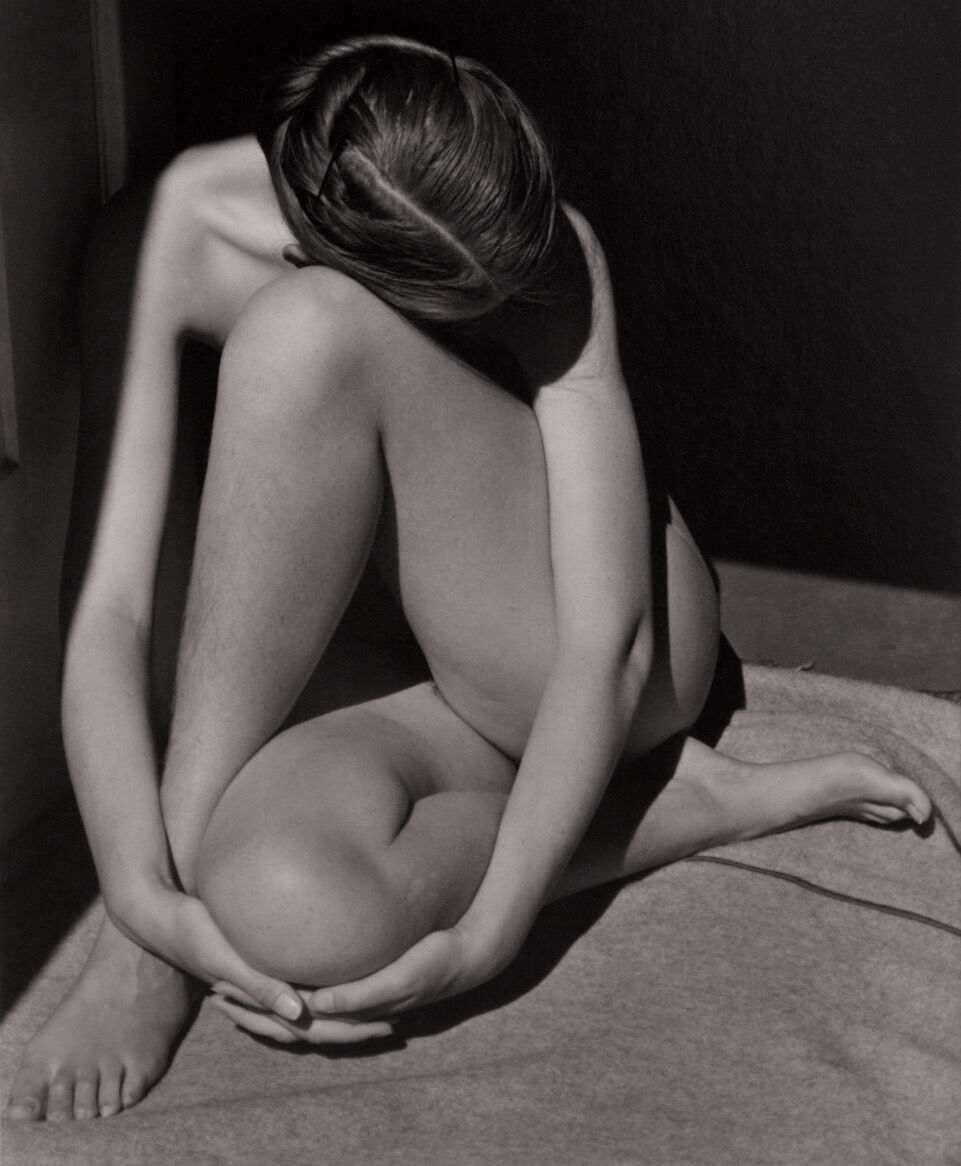
Edward Weston, Nude, 1936. Courtesy of Huxley-Parlour.
Some photographers, both young and old, don’t work in editions. Generally, you will find that photographers pre-1940 didn’t edition their work, and some of the top names working today don’t either. Be aware that some will print the same image in many different sizes, with open editions, so there can be hundreds of prints of the same artwork out there. If you are not careful, you can pay rather substantial prices for these works that can essentially be printed an unlimited amount of times, therefore negatively affecting your piece’s value over time.
What is the difference between vintage, modern, and posthumous prints, and how does it affect price?
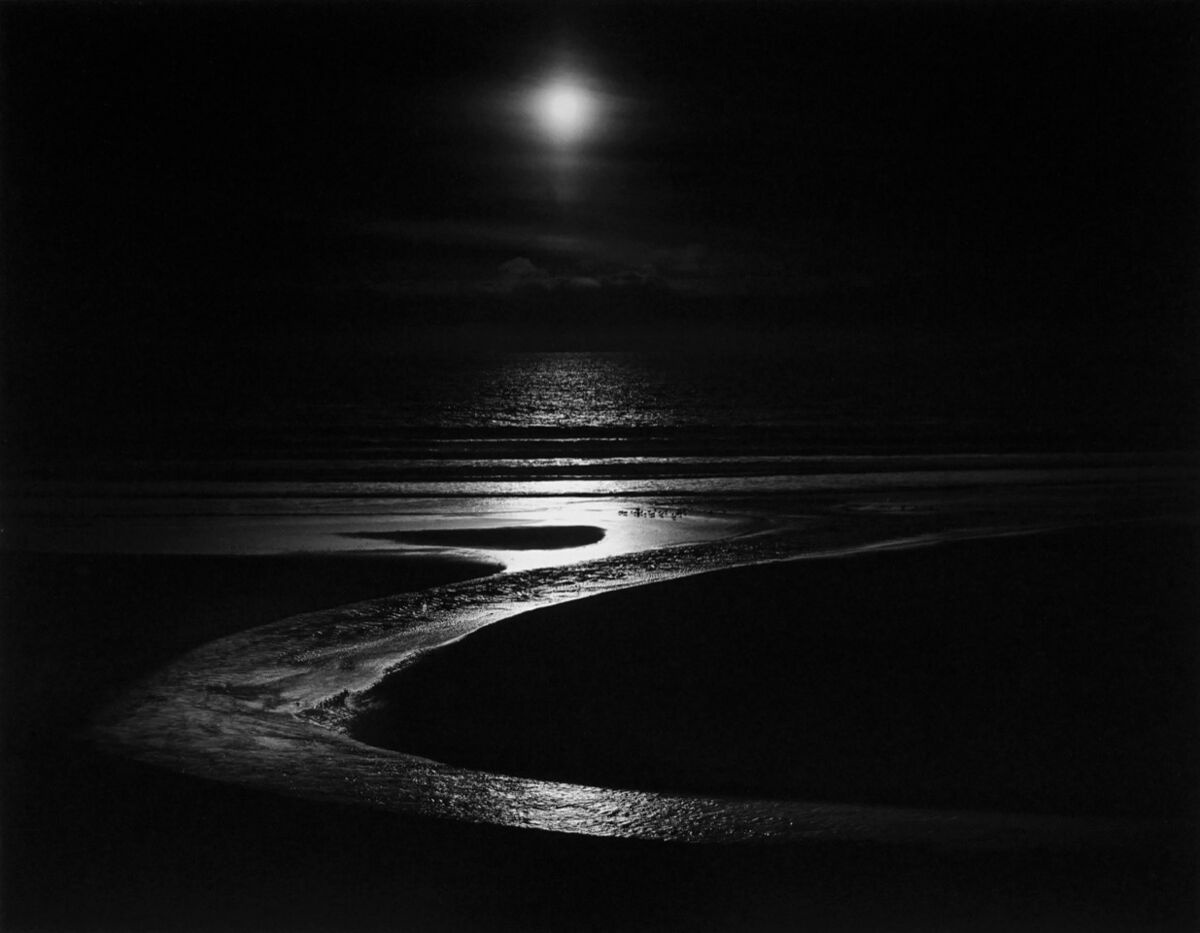
Wynn Bullock, Let There Be Light, 1954. © Bullock Family Photography LLC, Courtesy of Peter Fetterman Gallery.
All too often, when I take clients around photography fairs, we will come across the same iconic image on several different stands, but each one will differ hugely in price. How is this possible? It comes down to when the works were actually printed in relation to when the original photograph was taken. These works will be described as either vintage, printed-later, modern, or posthumous/estate prints. As a general rule, the closer the work’s print date is to when the picture was actually taken, the more expensive the work will be.
A vintage photograph is generally considered to be a work that was printed around the time of the photo being taken, but this can stretch to as much as five years later, depending on who you are talking to. As vintage photographs go,
’s Let There Be Light (1954) is one I would urge a client to take home with them, courtesy of Peter Fetterman Gallery. It’s an exemplary work depicting one of Bullock’s iconic black-and-white landscapes, printed shortly after it was taken in the 1950s.
A modern print of a photograph is printed many years after the image was taken. This year’s Paris Photo fair features many covetable modern prints, but top of my list has to be this big, beautiful landscape by
. I was lucky enough to meet Misrach earlier this year in San Francisco, where he was telling me all about his use of traditional large-format cameras over digital. This piece, San Gorgonio Pass (1981), is from his ongoing series focused on man’s relationship to the natural environment. It’s a one-off in this size, and can be seen at Fraenkel’s booth.
When an image has been printed after the artist’s death, it is called a posthumous or estate print. When looking at some of the most important names in photography, you could spend several hundreds of thousands on a vintage work, or a few thousand on a posthumous print of the same image. In this vein, I would advise my clients to look at Nude (1936), a wonderful image by
, which was printed by his son decades after Weston’s death. Using the same negatives, and the same scale, these beautiful prints are now very collectable in their own right, and a more affordable way of owning a work by Weston. You can find this excellent example in the booth of Huxley-Parlour, for around £15,000 ($19,000).
Collectors should not be put off by a work if it is not a vintage print, but you should be aware of the various categories and how they affect the price. If you are going modern or vintage, be sure to ask the dealer to provide as much information as possible—about date, signature, stamp, edition size, condition, etc.—before buying.
Do you have a question about collecting art you’ve been dying to ask?
Send your question to pitches@artsy.net with the subject line “Collector Advice,” and we’ll put your submission up for our collecting expert’s consideration. And if you’re interested in buying photography and would like to get Nick’s advice, or maybe just to find out his favorite works from this year’s fair, you can reach him at nick@narcissusarts.com.
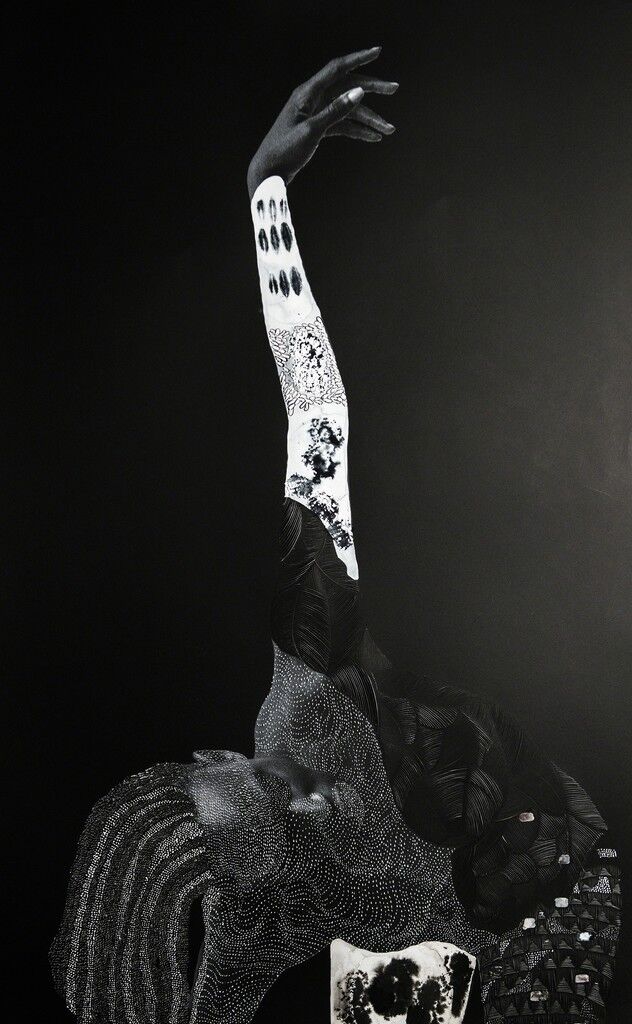

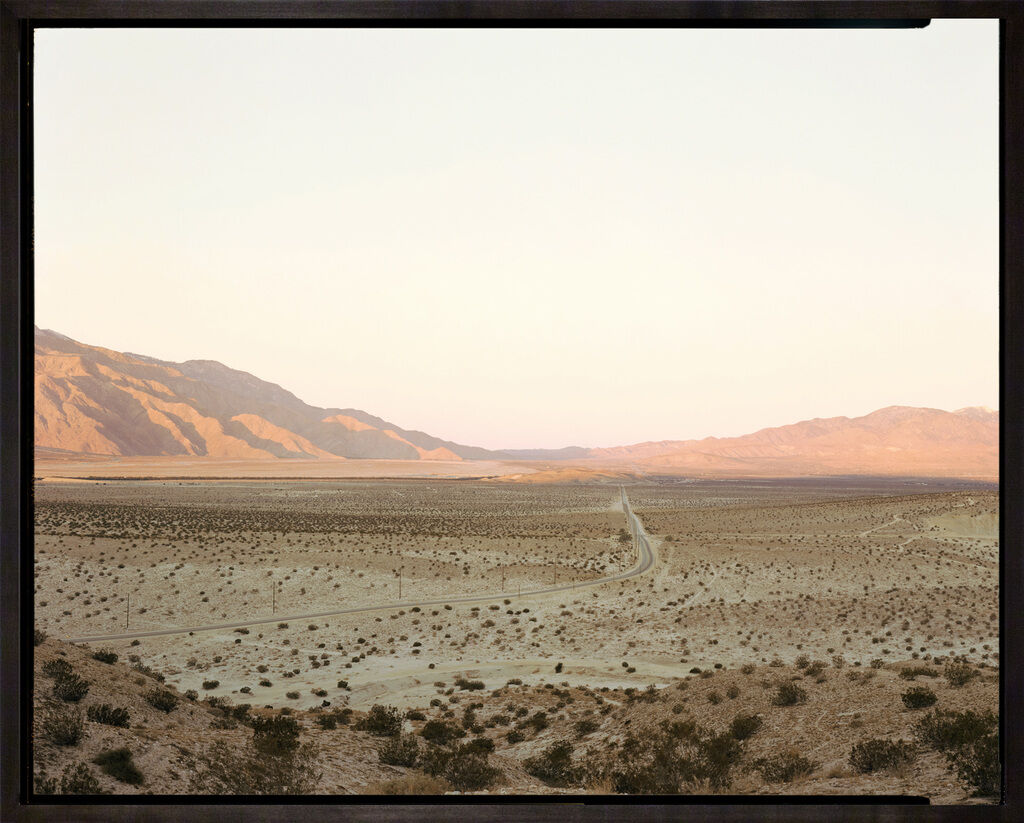

No comments:
Post a Comment